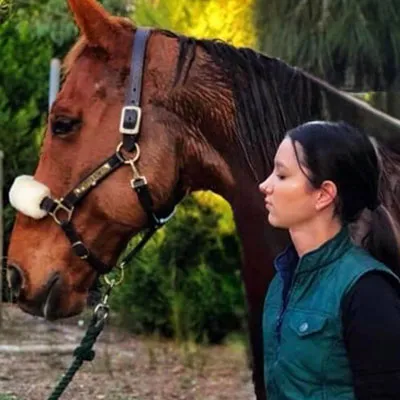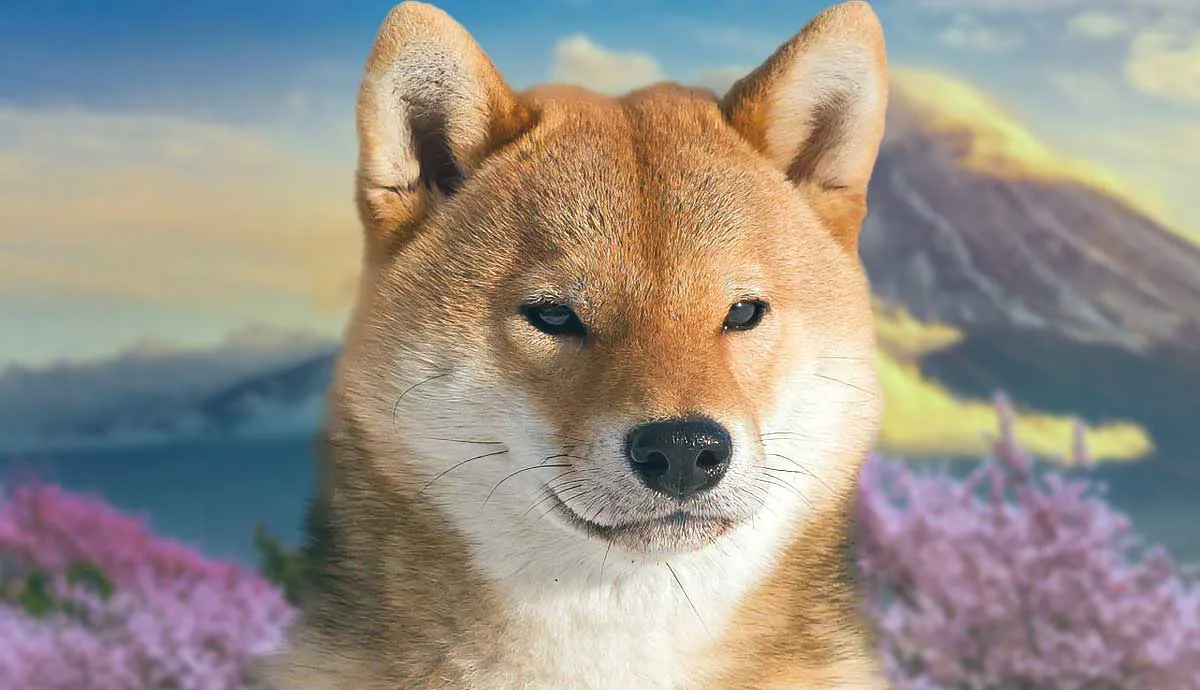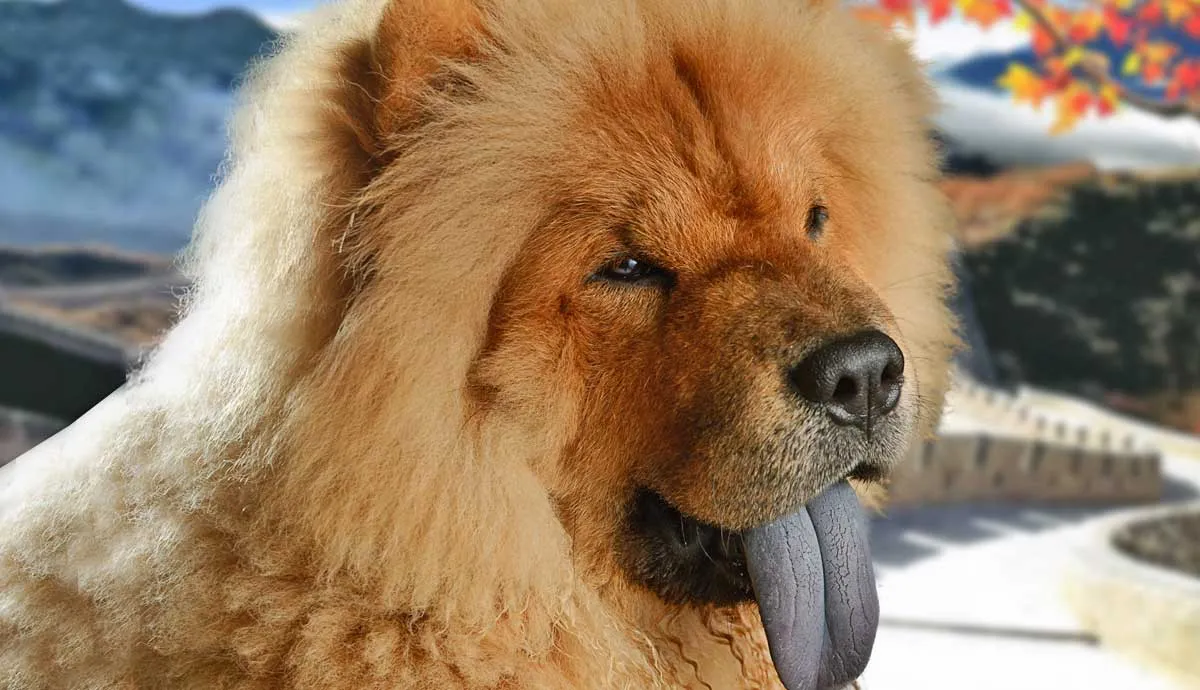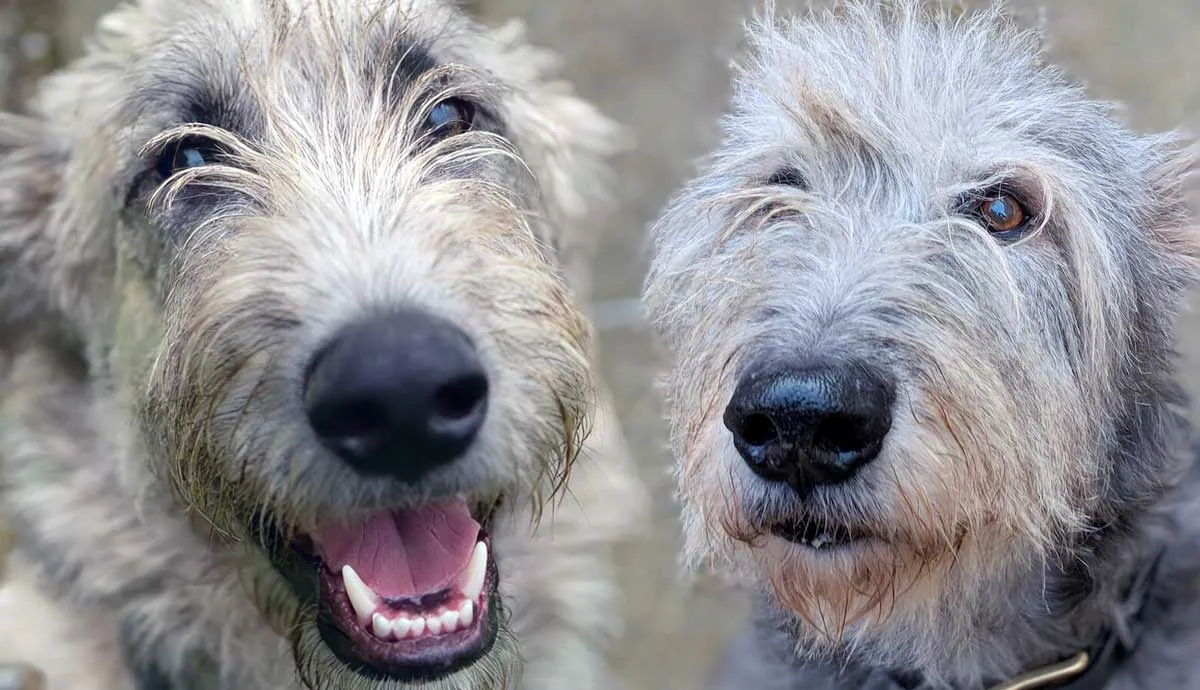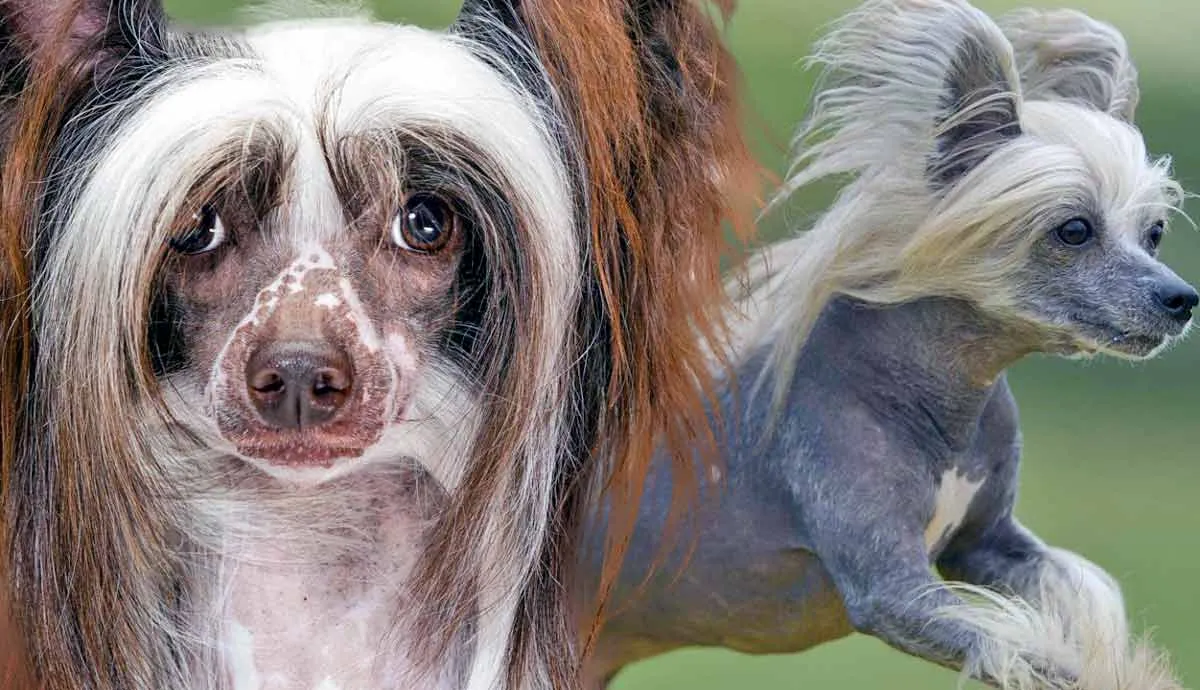Dogs come in many sizes, types, personalities, and colors. Some breeds even have these things incorporated into their names! Have you ever heard of a dog with the color of their coat in their name?
From the majestic Golden Retriever to the striking Blue Tick Coonhound, these dogs not only have gorgeous and unique coat colors, but also distinctive traits and grooming needs. Let’s dive in and examine some of these colorful breeds, along with other fun facts about them!
7. Black Russian Terriers

While Black Russian Terriers aren’t the most popular breed, they’re certainly among the biggest! As one of many dog breeds native to Russia, they have a dense, coarse coat to help them survive in brutally cold regions. They can measure up to 30 inches at the shoulder. That’s about as high as an office desk!
These dogs have special grooming considerations to prevent mats and tangles. A responsible owner must trim the dog’s beard, mustache, and area around the eyes to prevent gunk build-up. They can also partner with a professional groomer who can get the job done.
6. Golden Retrievers
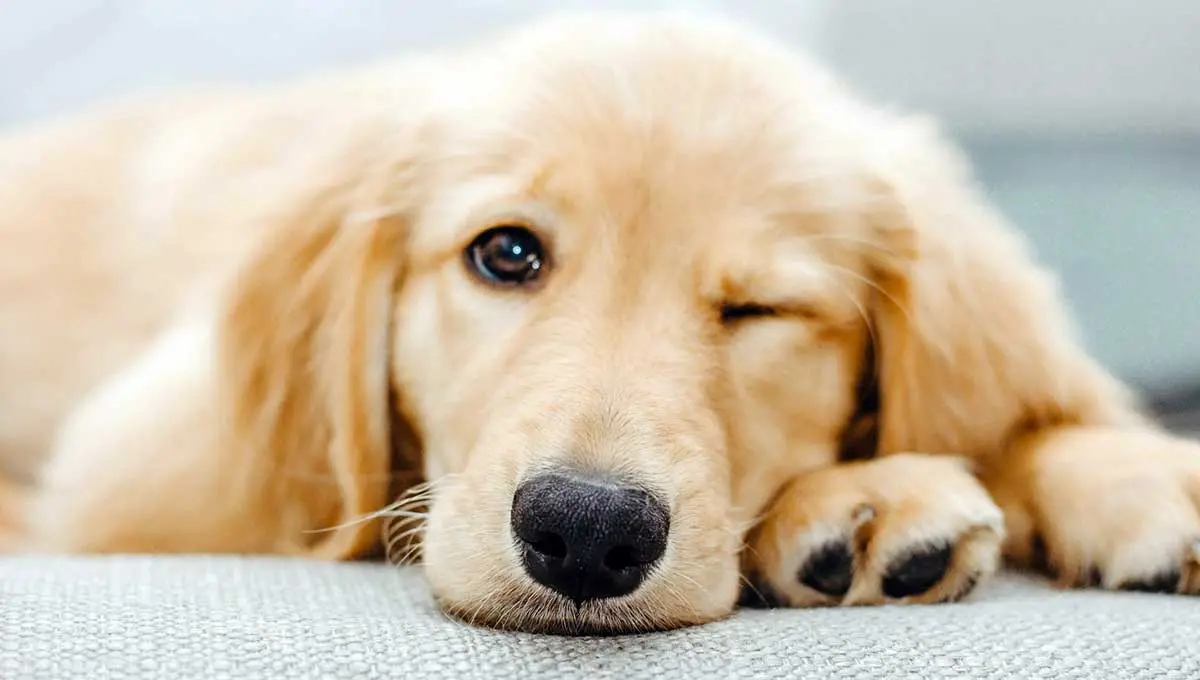
Golden Retrievers are kind, cute, and charismatic dogs that are renowned for their water-resistant double coats. The topcoat is wavy, while the undercoat is dense and long, making them able to withstand colder temperatures.
These dogs require brushing a few times a week to prevent mats, tangles, and knots. A slicker brush is best, as it penetrates the double coat and smooths the hair underneath the topcoat.
Bathing should be done as needed, using a mild dog shampoo to maintain the natural oils in your dog’s coat. On top of this, routine care like ear cleaning, nail trimming, and dental hygiene will contribute to the overall health and well-being of your dog.
5. Blue Tick Coonhounds

Blue Tick Coonhounds have a distinctive coat pattern that is characterized by small, blue-black specks or “ticks” that are scattered against a lighter base coat. This striking coloration is a very helpful camouflage for these dogs out in the wild. Despite their short coat, these dogs do require very regular grooming to control shedding and maintain their coat health.
It is a good idea to keep up with weekly brushing with a rubber curry brush or grooming mitt that helps remove dead hair. It also distributes the natural oils in their coat, promoting a stunning and glossy sheen. Bathing should be done as needed and not too often, using a gentle shampoo to avoid skin irritation and other issues, such as flakes.
4. Blue Heelers

Blue Heelers, also known as Australian Cattle Dogs, get their name from their distinctive blue coats, as well as their traditional role in herding cattle. They have dense double coats that consist of a short, straight outer layer, and a very dense undercoat that provides insulation. While these dogs are low to moderate shedders, regular grooming is still absolutely essential when it comes to keeping their coats in great condition.
As an owner of a Blue Heeler, you should undertake weekly brushing with a slicker brush to remove loose hair and prevent any matting. This is especially important during certain parts of the year, such as when fall turns into winter.
Bathing should be done as needed using a shampoo specifically for dogs to avoid stripping the coat of its natural oils. Like any dog, nail trimming, ear cleaning, and dental hygiene support your dog’s overall health and well-being.
3. Red and White Setters

As the name suggests, Red and White Setters have a white base coat with red patches. They have a feather coat that is short across the back and long underneath the dog’s belly.
Daily brushing with a pin brush or comb can helps when it comes to removing debris and preventing mats. These dog brushes help straighten fur near a dog’s ears, legs, and tail. If you have a Red and White Setter, you should bathe your dog a few times a year (or whenever they get very dirty) to keep them looking their best.
2. Redbone Coonhounds

Redbone Coonhounds are well-known and identified by their rich, mahogany-red coat that almost gleams in the sunlight. Their short, smooth fur requires very minimal grooming compared to most other breeds, but it is still important to keep up with regular maintenance to keep your dog healthy and thriving. Weekly brushing with a soft bristle brush will help you to remove any loose hair and distribute your canine companions’ natural oils.
You should bathe a Redbone Coonhound on an as-needed basis to avoid drying out their skin. Paying attention to the ears, eyes, and paws during grooming will help to prevent any infections and keep these important areas clean.
As with the other breeds on this list, regular nail trimming, dental care, and veterinary care will help to keep your dog in tip-top shape.
1. Black and Tan Coonhounds
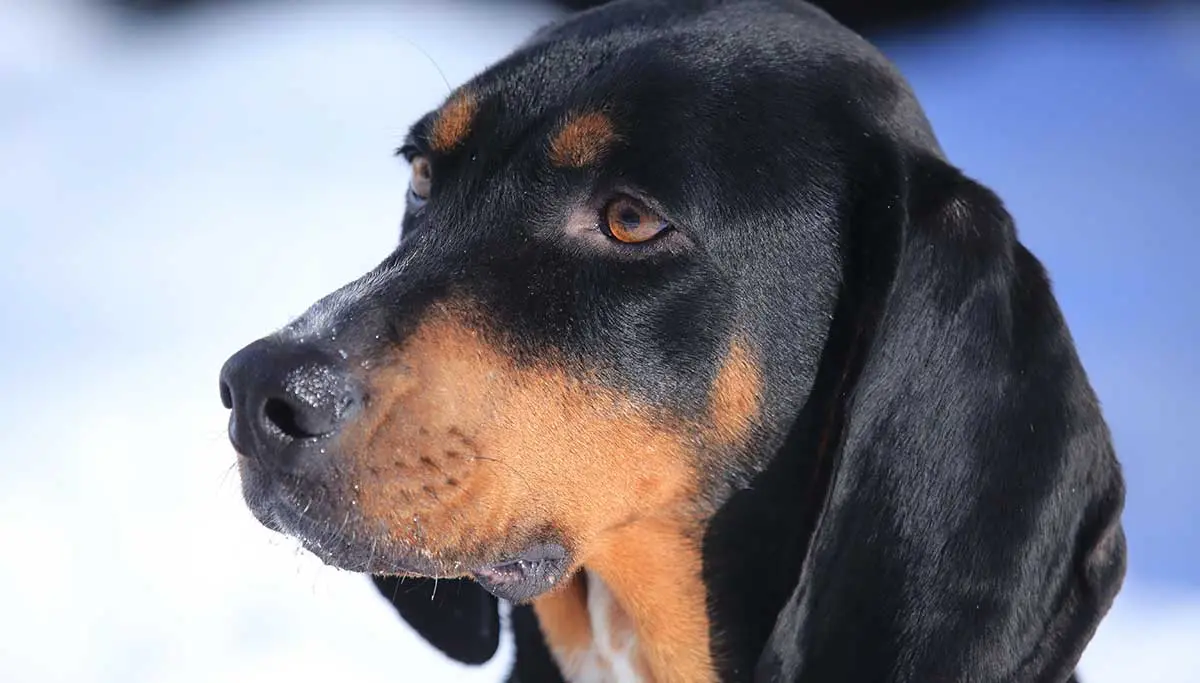
Black and Tan Coonhounds are named after their distinctive coat coloration. They sport a glossy black coat, with rich tan markings on their face, chest, and legs. They have short, dense fur that requires minimal grooming, but it is still important to keep up with regular brushing to help control shedding and maintain great coat health.
Weekly brushing with a rubber curry brush or grooming mitt removes any loose hair from your dog’s coat and stimulates the skin, promoting circulation and helping boost your dog’s natural oils. Bathing should be done occasionally using a gentle shampoo followed by thorough rinsing to avoid debris build-up.
These dogs only shed one or two times per year, but keeping up with regular grooming will ensure that their sheds are more manageable when they happen.

